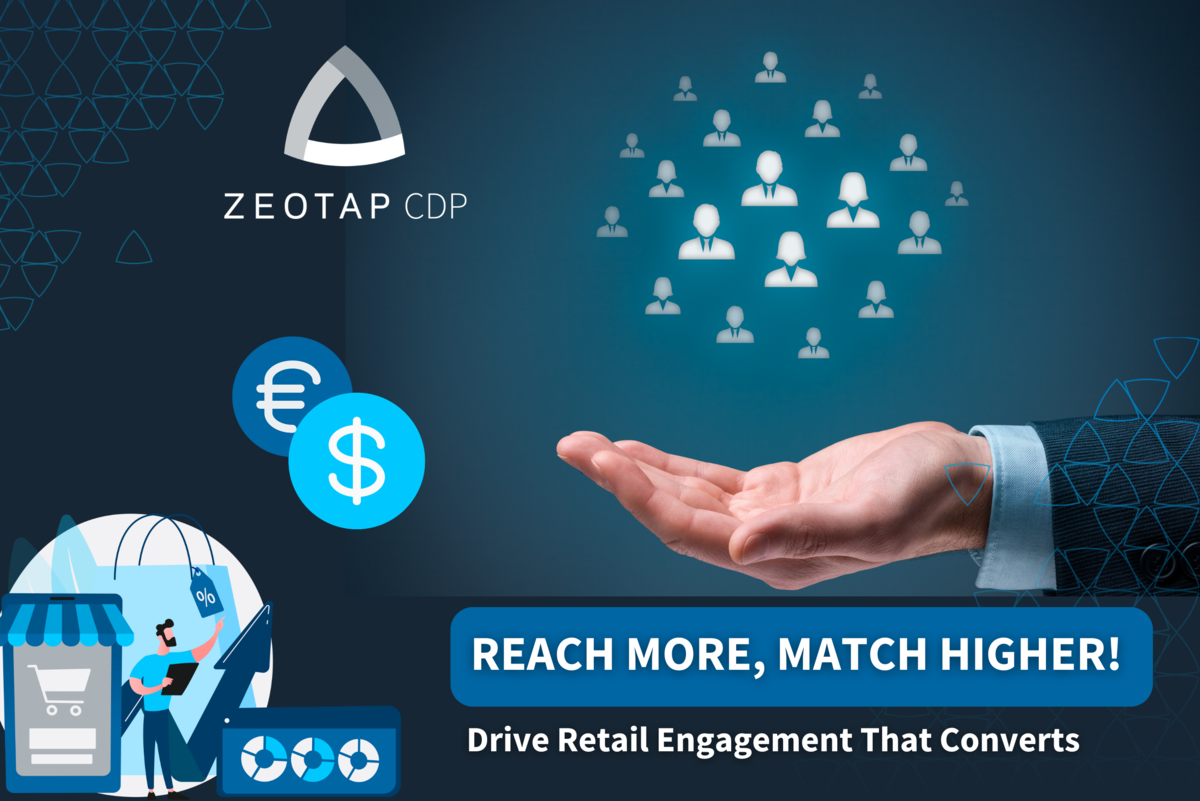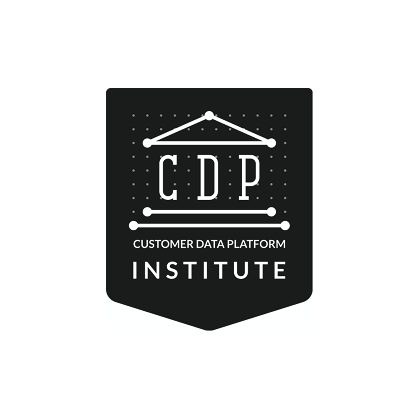While eCommerce has experienced steady growth over the last decade, no one was quite ready for the exponential growth caused by COVID. In the US alone, Q1 2020 saw eCommerce’s share of all sales increase from 12% to 16% – the amount of growth seen in the previous four years combined.
But now that life is beginning to return to some semblance of normal, what happens next for eCommerce?
Some have predicted that shopping trends have been changed forever. However, if the response to the reopening of high street stores in England and Wales in April are anything to go by, we should be hesitant to jump to such a conclusion. eCommerce specialist Salesfire found that in the week that stores opened in parts of the UK, e-commerce sales decreased across fashion (-12%), footwear (-9%) and health and beauty goods (-19%) as shoppers flocked back to the in-person shopping experience.
But the next year will see a very different, and much bigger, challenge for eCommerce – one that the industry is under-prepared for. It’s the deprecation of third-party cookies.
The problem waiting in the wings
For the uninitiated, third-party cookies are tracking codes generated by a website other than the one you’re visiting. The cookie gets stored on your browser and is used by advertisers to track visitor behaviour without needing to collect Personally Identifiable Information (PII), such as an email address. This allows them to retarget users with ads across multiple platforms as well as adapt and change their own website experiences based on what they’ve learned.
However, third-party cookies have a major problem at their core: they offer little control or transparency to users. Web browsers have been slowly removing them from use to align with emerging privacy policies, with the biggest browser—Chrome—removing cookies at the end of 2023.
The potential impact on eCommerce
The disappearance of these cookies means a fundamental change to the way eCommerce works.
Third-party cookies are the way that digital advertising has thrived for years – if eCommerce marketers don’t find a suitable new way of effectively targeting users, the effect will be keenly felt in two major ways. Whether you do eCommerce in Singapore, the UK, USA or any other part of the globe, this fact will influence the way you proceed
Firstly, the ROI on ad spend is likely to suffer, as poor targeting results in huge amounts of wasted budget. Secondly, the inability to effectively engage (and re-engage) visitors will mean a drop in not just acquisition, but customer lifetime value – which will be plainly obvious on the bottom line.
This is potentially catastrophic for retailers who aren’t prepared for the change (which is many of them). A study of over 250 US marketers found that the majority said they relied on cookies, yet less than half are ready for their disappearance. Meanwhile, an Econsultancy survey of over 800 marketers found that 43% said they didn’t have a good understanding of what the changes would mean, and 21% said they didn’t know enough about it —or believed it wouldn’t apply to them.
So the countdown is on for retailers to quickly build a new strategy that will serve them well for the long term, as both tech and government policy trends towards more privacy for the consumer.
How to survive
If the root of the problem was that ‘too many cooks’ had their hands on a customers’ data, then the solution is to kick everyone else out of the kitchen and build your own solid, robust set of customer data.
This sounds like a tall order – and it kind of is. But it’s necessary. Having a well-managed, compliant asset of first-party data will give you not only sustainable addressability with your eCommerce customers, but insight. This is a long-term strategy, but that’s all the more reason to start now. The path to this is rocky (which is probably why so many eCommerce companies have yet to tackle it).
First of all, this is about so much more than marketing – this is organisational. In any business – particularly for multichannel retailers – data exists in multiple silos, from point-of-sale to email service providers to even data lakes and warehouses. This causes something of an identity crisis – an individual shopper may exist in twenty different systems – the first exercise is not just to bring these together, but resolve these identities.
Secondly, there’s a burden of compliance: collecting and using customer data means keeping up with legislation such as GDPR. A great deal of Customer Data Platforms (the platforms that do the work of aggregating and activating customer data) are made in the US, and often ill-equipped for the kind of privacy challenges at play in Europe. Before you invest in a CDP, make sure that consent mastering and orchestration is baked in.
Of course, first-party data is not the end of this story. Achieving addressability in a post-cookie world is going to take a combination of solutions. One such thing is Google’s FLoC targeting, another is Universal IDs such as ID+, and there are always the walled gardens like Facebook. Driving traffic to an eCommerce site is about to become a delicate balance of multiple solutions, optimised for reach and quality.
Don’t wait until it’s too late
eCommerce’s growth in the past year has been extraordinary, and businesses in the space did an outstanding job of adapting quickly. But now it’s time for things to change our outlook. In 2020, we had no choice but to frantically adapt day-by-day – existing in the moment because who knew what tomorrow would bring. In 2021, we need to start looking at the long-term again – the dark clouds on the horizon may seem a long way off, but the next big earthquake in eCommerce has already started.

































